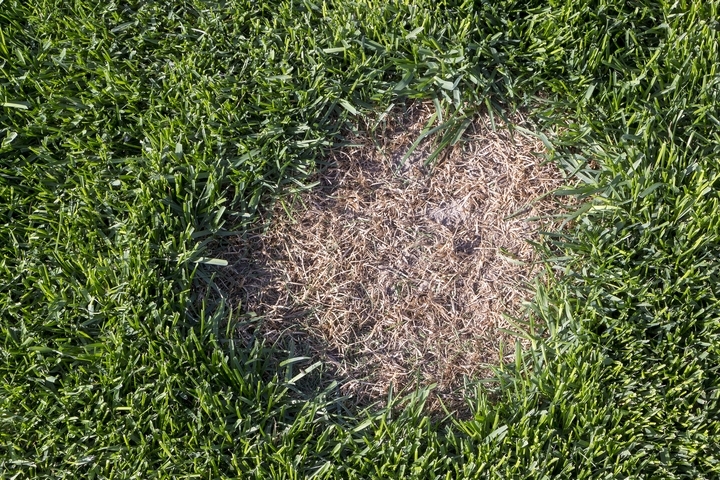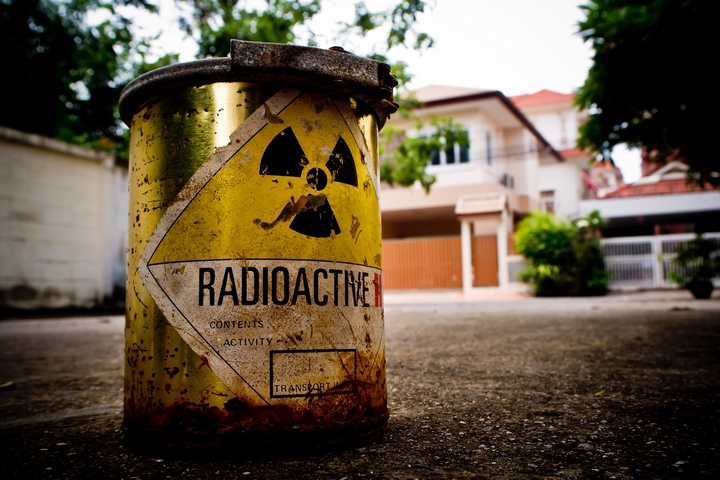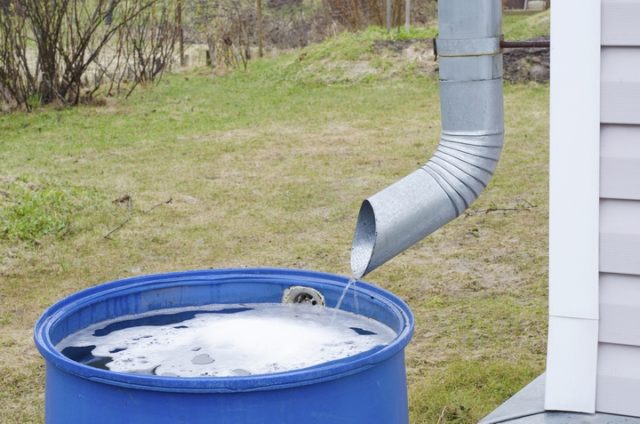Business in Canada that produce or process, manage, and dispose of any liquid waste have to follow strict regulations. These rules have been put in place to prevent water contamination and pollution, and to reduce the risks of explosion or fire caused by harmful chemicals.
It’s of utmost importance for businesses to follow these liquid waste regulations. Legal ramifications and PR crises, hefty fines, and loss of revenue are all negative outcomes for improper waste management. To avoid these negative consequences, all businesses must take certain precautions with their liquid waste disposal and processing equipment and handling protocols in order to make sure they deal properly with any liquid waste they produce or process.
Keep reading to find out more about how improper liquid waste disposal can harm a business.
1. Various Negative Impacts

Different businesses produce a wide variety of liquid wastes, including both non-hazardous and hazardous waste. Solvents, fertilizers, and paints are different types of chemical liquids that are often produced in large quantities and often hazardous to both the environment and human health. The equipment like storage tanks and piping that is used to produce, process; store, or transport these kinds of liquids should be regularly inspected and serviced to ensure they don’t leak.
Consequences of improper disposal are both environmental and financial, and most of the time, the ramifications fall into both categories. One example of this would be that a business would have to pay for clean-up and could potentially lose business. Environmental impacts include surface water pollution, air pollution, and soil contamination.
2. Surface Water Pollution

Liquid waste can alter the chemical composition of water, slowly or all at once. In this way, drinking water for humans and animals can be contaminated, and entire aquatic ecosystems can be damaged or otherwise disrupted.
3. Air Pollution

Although most people think about gas, fine particle contamination, and dust, liquid wastes also have the potential to negatively impact air quality. Foul smells are the most common impact of liquid waste pollution, like with improperly handled sewage. Spilled hazardous liquids can also carry toxins through the air to pose a risk to humans and animals.
4. Soil Contamination

Liquid waste quickly soaks into the ground, causing damage or destruction to plants growing in that soil, as well as causing harm to the people or animals that eat the foods that grew in the contaminated soil.
5. Economic Impacts

In addition to negative consequences for the environment, improper liquid waste processing and handling can bring with it a number of economic consequences. This can include problems specific to the business responsible, like loss of revenue and fines, as well as negative economic consequences for the communities in which they operate.
6. Clean-up Costs and Fines

Different municipalities and towns can impose fines on those businesses that improperly dispose of liquid waste. These fines typically start out small for a first offence but grow for subsequent violations. In addition to fines, clean-up costs of a large liquid waste spill can be devastating to a business.
7. Impacts on Municipalities

When there’s a large-scale liquid waste spill or contamination, whether it cause pollution to the air, water, or land, communities are negatively impacted. One of the most serious is when property values are affected, which is a problem for both business owners and home owners in the community.
8. Lost Revenue

When a business’s poor handling of liquid waste is the source of pollution, that business is vulnerable to a public relations disaster that reflects poorly on that business. Some customers will take their business elsewhere, and new customers won’t want to do business with an organization with anything less than a stellar environmental record.






